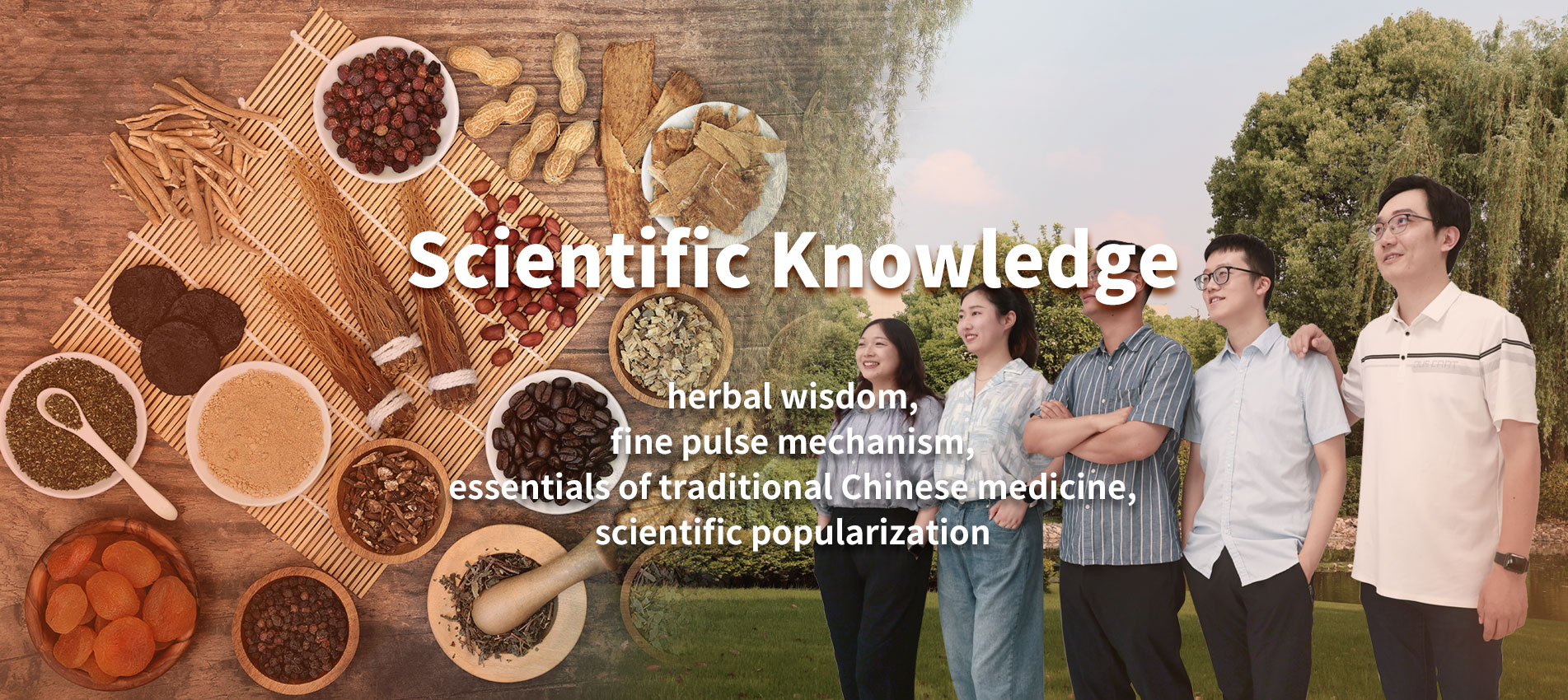Chinese medicine carries the deep understanding of the Chinese nation of health and disease for thousands of years, and plays an inestimable role in safeguarding people's health, with its long history and profound knowledge, which not only contains rich clinical experience, but also embodies the philosophical thought of harmonious coexistence between man and nature.
The sources of Chinese medicines are very wide, mainly including plant medicines, animal medicines and mineral medicines. These medicines not only come from nature, but also include herbs obtained through artificial cultivation and breeding.
Plants are the main source of traditional Chinese medicines, accounting for the majority of their resources. From common herbaceous plants such as licorice and astragalus, to woody plants such as cinnamon sticks and mulberry bark, to fungi and algae such as Poria and seaweed, the roots, stems, leaves, flowers, fruits, and seeds of plants can be used as medicine. These botanicals are rich in biologically active ingredients, such as flavonoids, saponins, volatile oils, etc., which are the important material basis for the treatment of diseases in traditional Chinese medicine.
Animal medicine refers to the use of all or part of the animal organs, tissues, secretions, etc. made of drugs. For example, antler and musk come from animal horns or glands, and cicada shell is the outer skin of insects. Because of their special pharmacological effects, animal medicines show unique advantages in the treatment of certain diseases, and are often used to nourish and regulate the body as well as treat specific diseases.
Mineral medicines are mainly derived from inorganic substances or natural ores in nature, and common mineral medicines include andrographis, cinnabar, talc, gypsum and so on. These medicines are often used to clear heat and remove toxins, calm the nerves, resolve phlegm and stop coughs, etc. Their therapeutic effects are closely related to the mineral components they contain.
Chinese medicines can be classified in various ways, not only according to their nature and efficacy, but also according to the part of the medicine used or the processing method. From the point of view of the medicinal properties of drugs, Chinese medicine can be divided into cold, hot, warm, cool and other types, which is, based on the regulation of cold and heat in the body of the drug classification. Cold medicines, such as mint and honeysuckle, are used when there is heat in the body, while hot medicines, such as cinnamon sticks and epimedium, are used when there is cold and dampness in the body.
From the efficacy point of view, Chinese medicine is divided into more than 20 categories, such as antidepressants, purgatives, laxatives, expectorants, dampness removers, diuretics, diuresis, warming, regulating qi, elimination of food, insect repellents, antiemetic, blood stasis removers, phlegm removers, cough suppressors and asthma removers, tranquillizers, calming of the liver and restraining of the wind, opening up of the orifices, tonifying of deficiency, astringent and spongy, and vomiting. For example, tonic drugs such as ginseng and astragalus are mainly used to enhance physical strength and improve physical condition; heat-clearing drugs such as Rhizoma Coptidis and Dandelion are used to clear heat and detoxify toxins; blood-activating drugs such as Salviae Miltiorrhizae and Safflower are used to activate blood circulation and remove blood stasis; phlegm-clearing drugs such as Semenxiae and Hovenia Citri Reticulatae are used to resolve phlegm and stop cough. Functional categorization makes Chinese medicines have a clear point of reference in clinical application, and can be used for effective treatment of specific diseases.
If the Chinese medicine is categorized according to the part of the medicine, it can be divided into roots and rhizomes, stems, barks, leaves, flowers, fruits and seeds, whole grasses, algae, fungi, lichens, resins, animals, minerals and so on, according to the different parts of the plant or animal from which the medicine originates.
Since Chinese medicine often needs to undergo specific processing after collection before use, it can be categorized into pure herbs, cut herbs, concocted herbs and so on according to the different processing methods. One of the characteristics of traditional Chinese medicine is concocting, through frying, roasting, calcining, steaming, boiling and other methods, it can change the properties of the drug, enhance or weaken its efficacy, or even produce new therapeutic effects.
In addition, according to the method of taking Chinese medicine, it can be divided into internal medicine and external medicine. Internal medicines are mainly taken orally into the body to play a systemic role, such as pills, dispersions, soups, etc.; external medicines are directly on the surface of the body or localized, such as plasters, dressings and so on. Topical drugs are often used in the treatment of skin diseases, arthritis and other local diseases, through the local penetration and absorption of drugs to achieve therapeutic effects.



